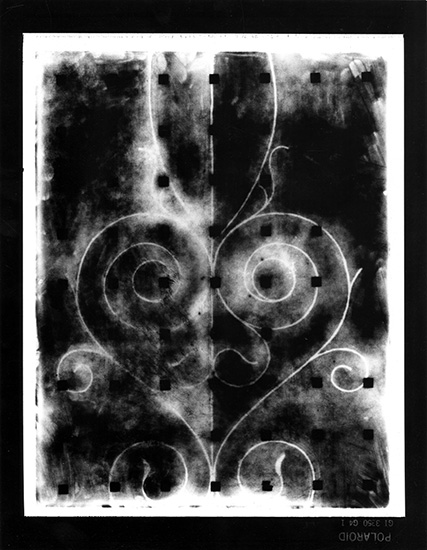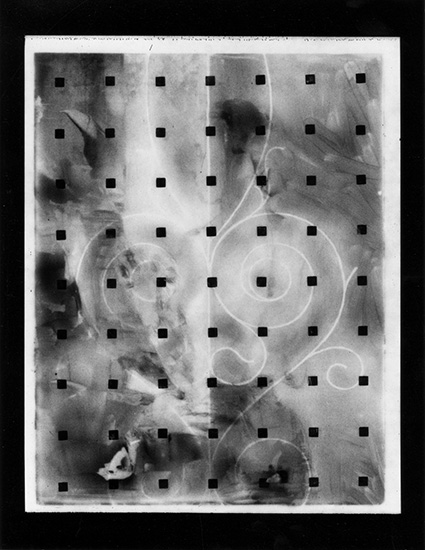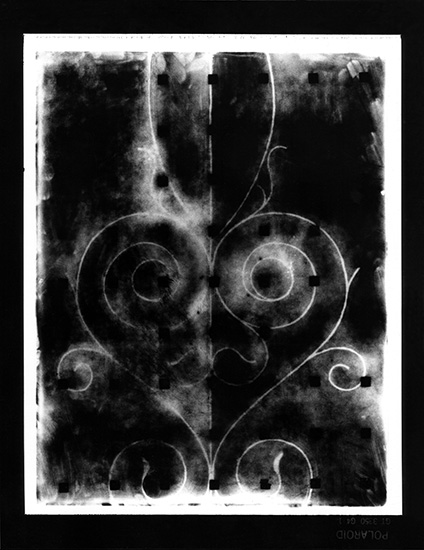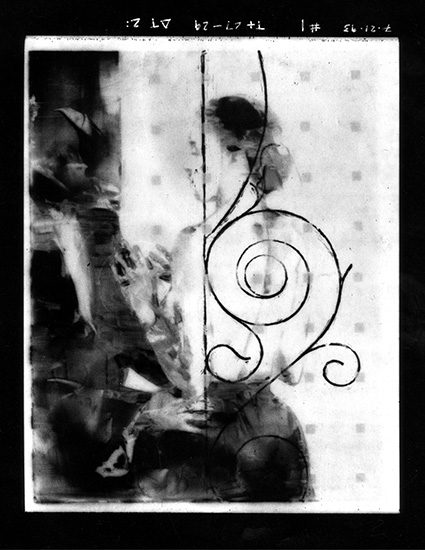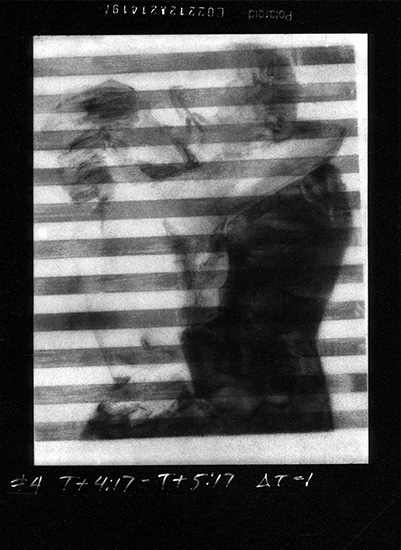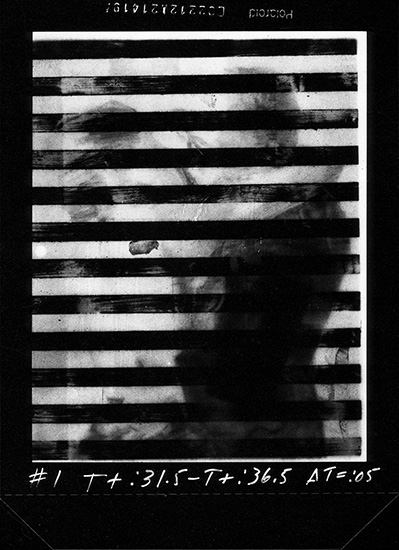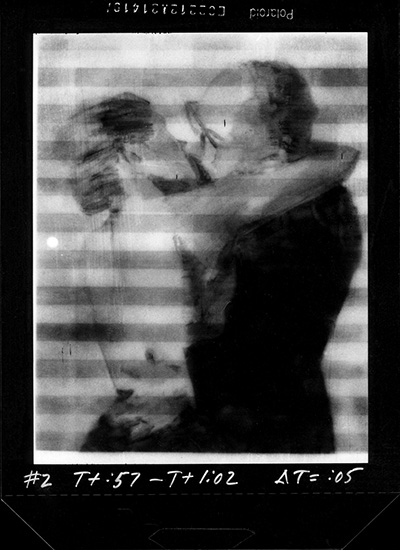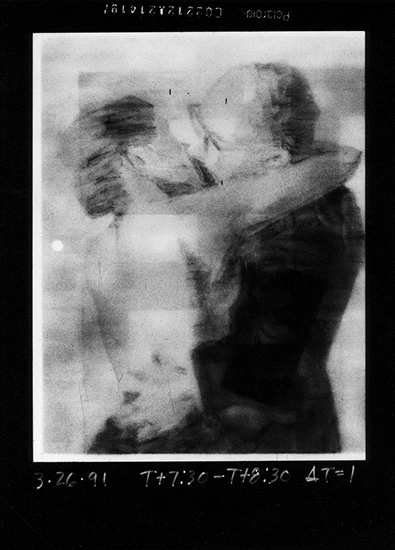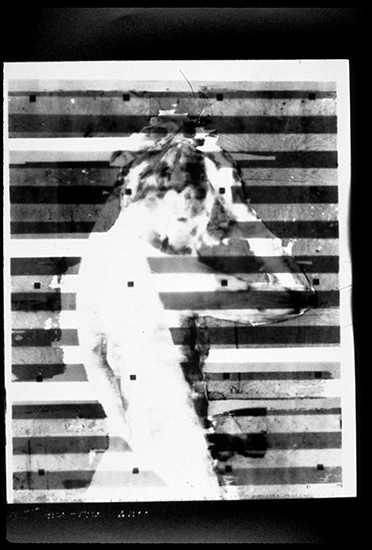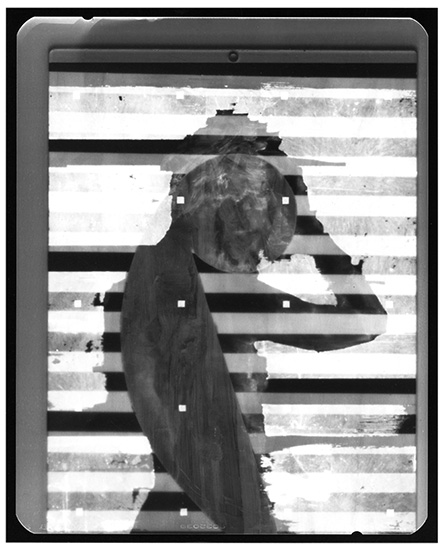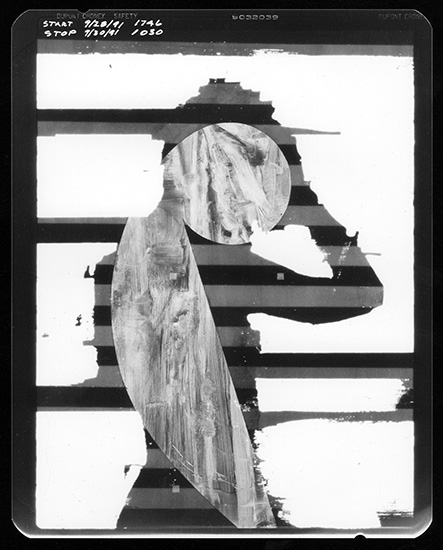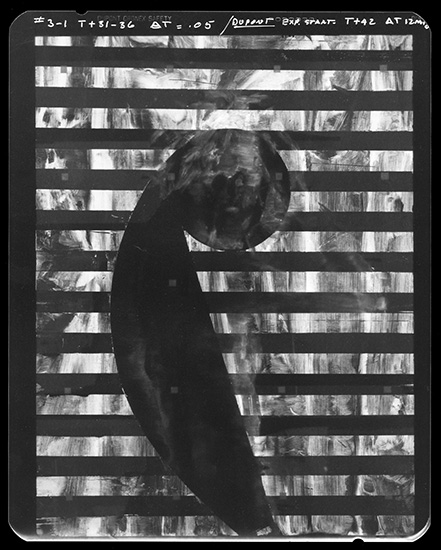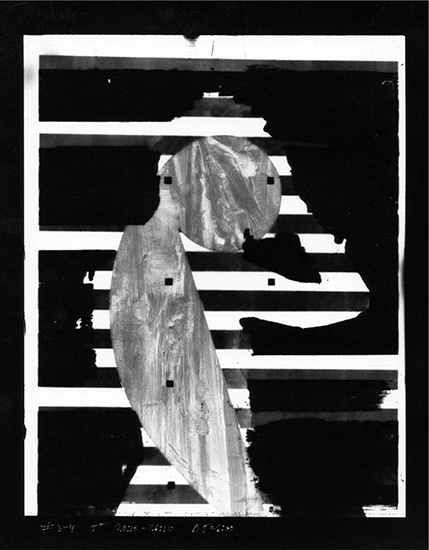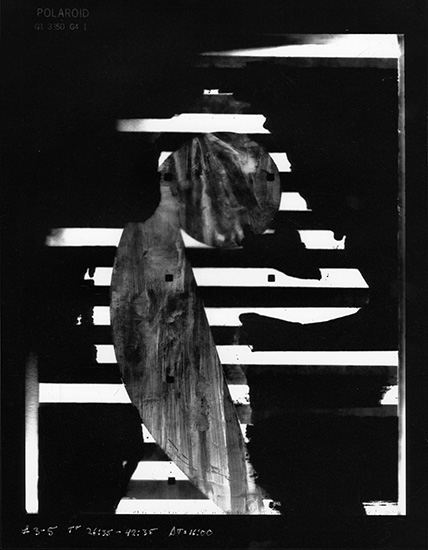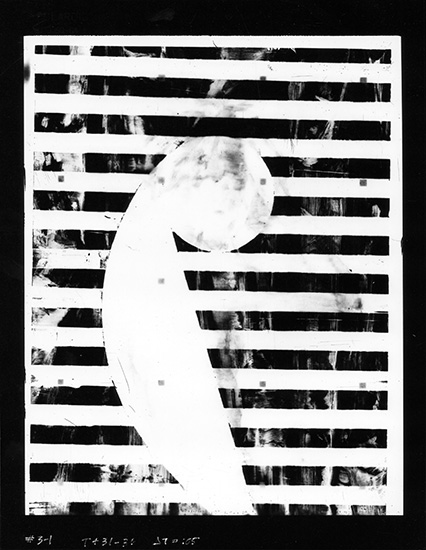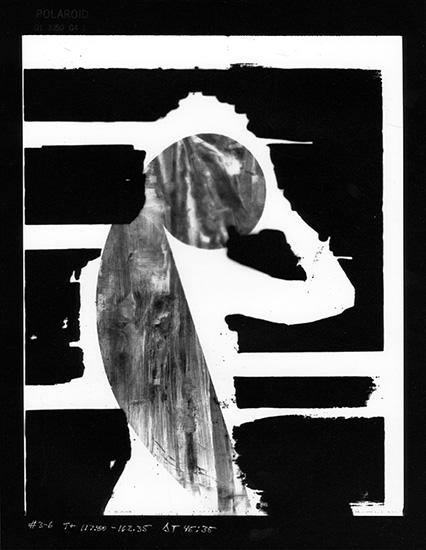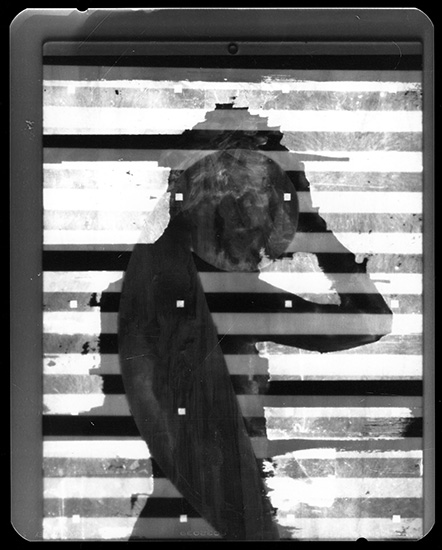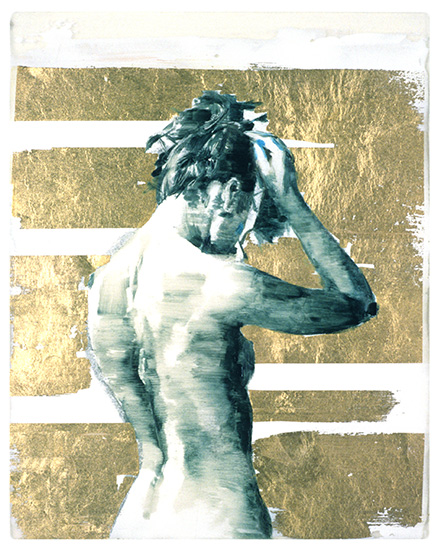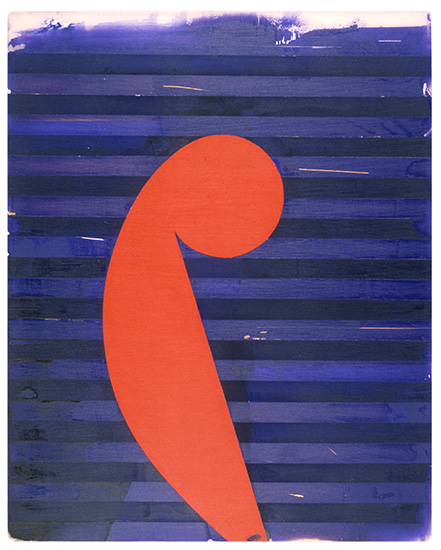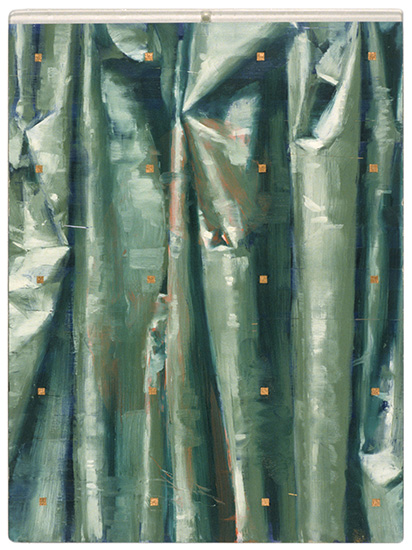NIA
NIA | 1992
NEUTRON INDUCED AUTORADIOGRAPHY
Neutron induced autoradiographs are derived from the use of two different but related apparatus. One is a linear particle accelerator configured for PIXE (proton induced x-ray emission) analysis resulting in data relating to the physical composition of pigments. The other is a 500 KW TRIGA research nuclear reactor capable of Neutron Induced Autoradiography, an imaging technique that maps the location of targeted isotopes of elements present in various pigments (previously identified through PIXE analysis).
The process, one of allowing for the retrieval of images buried beneath the surface of a painting and inaccessible to the unaided eye, suggests a production methodology that might best project their meaning through numbers of iterations of the layers or through intersections of layers of diverse images. A painting processed in this way allows images to appear, merge with fragments of other images, retreat from view, reappear in different contexts.
Neutron induced autoradiographs are entirely dependent upon a set of physical properties and interactions different, but parallel to conventional retinal mechanisms of visual perception. The sensory potential (“color”) for image production of the same pigments, in NIA, function within a non-visual region of the spectrum (beta radiation).
The images in these series are meant to evoke the physical processes and manipulations that produced them (exposure to a flux of neutrons at the reactor core, conversion to isotopes, emission of beta and gamma radiation, exposure of film in contact with irradiated painting), and the unique qualities that production and product provide as a possible means toward interpretation and engagement.

